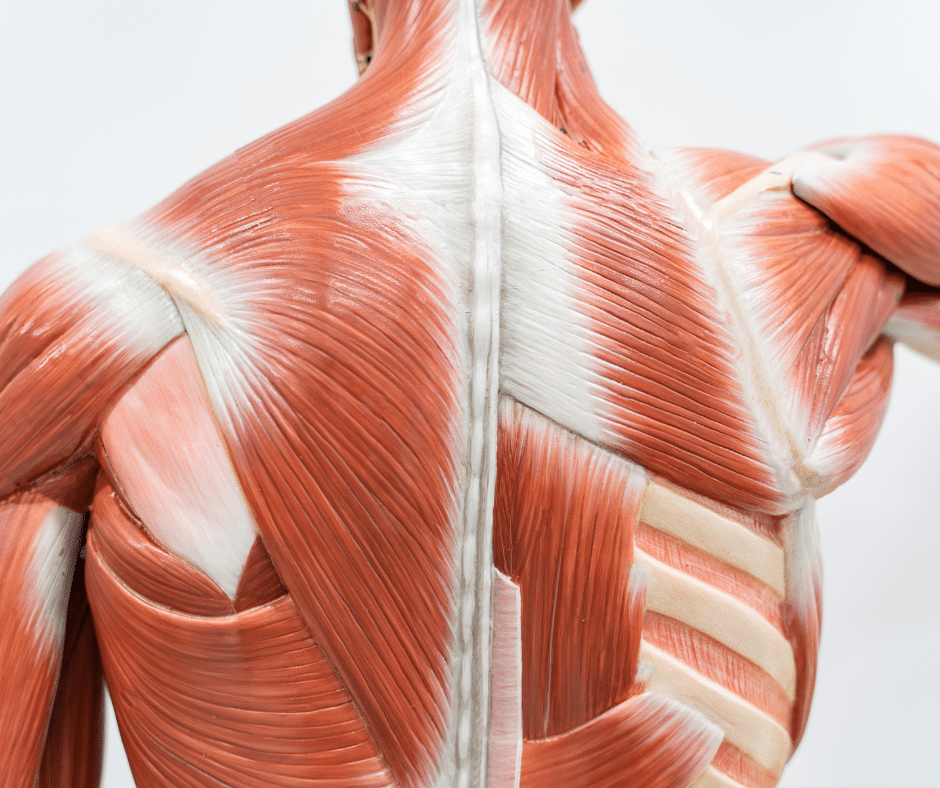We have to move daily and multiple times each day.
Regardless of what we believe, the water in our fascia eventually becomes ‘dirty’ and needs to be changed frequently. Drinking ‘pure’ water can help, but the only way to truly squeeze out the old water (and impurities and cytokines) out of the fascia is ‘wringing the sponge’ of the tissue, which occurs with fascial stretching, gait-based exercises and increasing our core body temperature (metabolism). When tissue is squeezed, specifically through tension, compression, stretching, or exercising, it is similar to wringing out your dishcloth at the end of dishes. If you wring it out, you disperse all the contaminants in the cloth outwards and allow new clean water to enter the ‘sponge.’
One of the most important things for fascia is that the fascia gets hydrated.
Your Achilles tendon is 63% water; the rest of the collagen is holding things together, but the water holds ‘things’ together, too; that water is the medium of exchange inside your fascia. How do you get hydrated inside your fascia? It doesn’t matter how many bottles of water you drink today; go right ahead and fill the landfill with bottles of water. That’s not the question. The question is, does the water get to this or that little part of the body right here or there? The answer there is squeezing the sponge. Big muscular effort and elongation help squeeze the sponge, but also utilizing myofascial release tools and techniques such as trigger-point therapy, guasha therapy, cupping, massage therapy, etc.
You can even use your own fingers, a barbell, guasha, or trigger-point balls, but always combine with sustained, deep pressure on areas that are dry, sticky, and hard rather than hydrated, malleable, warm, and jiggly/bouncy if there are noticeable hotspots, raised hardened surfaces. Squeeze the ‘sponge of the tissue’ because when you squeeze the water out of the tissue, water comes back in and brings healing proteins + nutrients with it. It doesn’t matter how much you drink. It matters where it goes and how much. That’s what hydrates your body tissues, including the fascia.
In our Free Posture Performance Guide at Mitigate Stress, we cover simple step-by-step instructions on how to begin hydrating your fascia. Go check it out if you are interested!
* This post contains affiliate link(s) or codes. An affiliate link or code means I may earn advertising/referral fees if you make a purchase through my link, without any extra cost to you. It helps to keep our small business afloat. Thanks for your support.






0 Comments